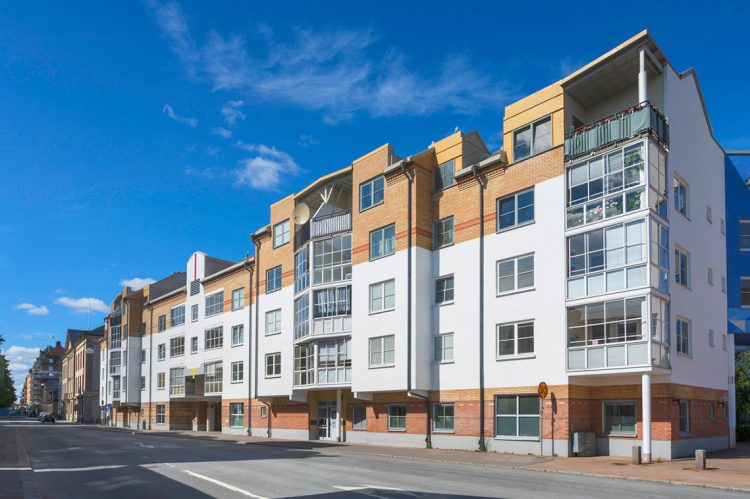Demand for multifamily rental units has slowed but occupancy remains high as the market adjusts to the cooling of the economy, according to a new report from Yardi Matrix released this week.
The report found that multifamily rents remained unchanged in September, as year-over-year growth dropped below 10% for the first time since July 2021.
Key findings:
- The average national asking rent was $1,718, the same rate as August, year-over-year growth decelerated 150 basis points to 9.4%, and national occupancy rates remained steady at 95.9%.
- After five months of declining lease renewals, the lease renewal rate increased 60 basis points in August to 59.1%, and year-over-year renewal rent growth also increased 50 basis points, to 10.8%. In addition, rent-to-income ratios rose 9 basis points nationally for all units in August.
- Rents decreased in the single-family sector for the second month in a row in September. The average single-family asking rent decreased by $7 to $2,081, while year-over-year growth dropped by 170 basis points to 7.8%. Overall occupancy also decreased 10 basis points, to 1.1%.
- The deceleration trend continues for rent growth in nearly all metros: Nine of Yardi Matrix’s top 30 metros maintained year-over-year rent growth over 10% in September, with all nine metros in the Sun Belt corridor and the top performers being Miami (14.3%), Orlando (13.3%) and Nashville (13.2%).
- National asking rents stayed constant at $1,718 in September as rents cooled across the country. Renter-by-Necessity unit rents increased by 20 basis points and Lifestyle units decreased by 30 basis points in September.
Major takeaway:
According to the authors of the report, “we expect the deceleration to continue at least through the winter due to a confluence of trends.
“One reason is the cooling economy and household formation. Much of the record demand in 2021, when roughly 600,000 units were absorbed nationally, came from the strength of consumer balance sheets emerging from the pandemic.
“The rebound in jobs—more than 10 million have been created since January 2021—along with robust wage growth, strong household balance sheets and personal savings has given individuals the financial wherewithal to rent apartments or buy homes, forming their own households.
“Another factor is that the migration set off by the pandemic is slowing down in some markets that benefited the most from the COVID-19-induced shutdowns. A combination of job loss and increased working from home led families to look for less expensive housing. The pandemic produced an outflow of households from high-cost gateway markets to Sun Belt metros, especially in Florida, Texas and Arizona.
“The outlook for multifamily remains strong, although the market may be coming to an end of its extraordinary run of rent growth. Demand is slowing as migration and household formation drop to normal levels,” the authors concluded.
For the full report, click here.












